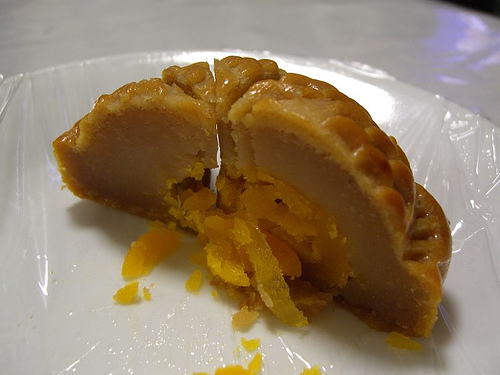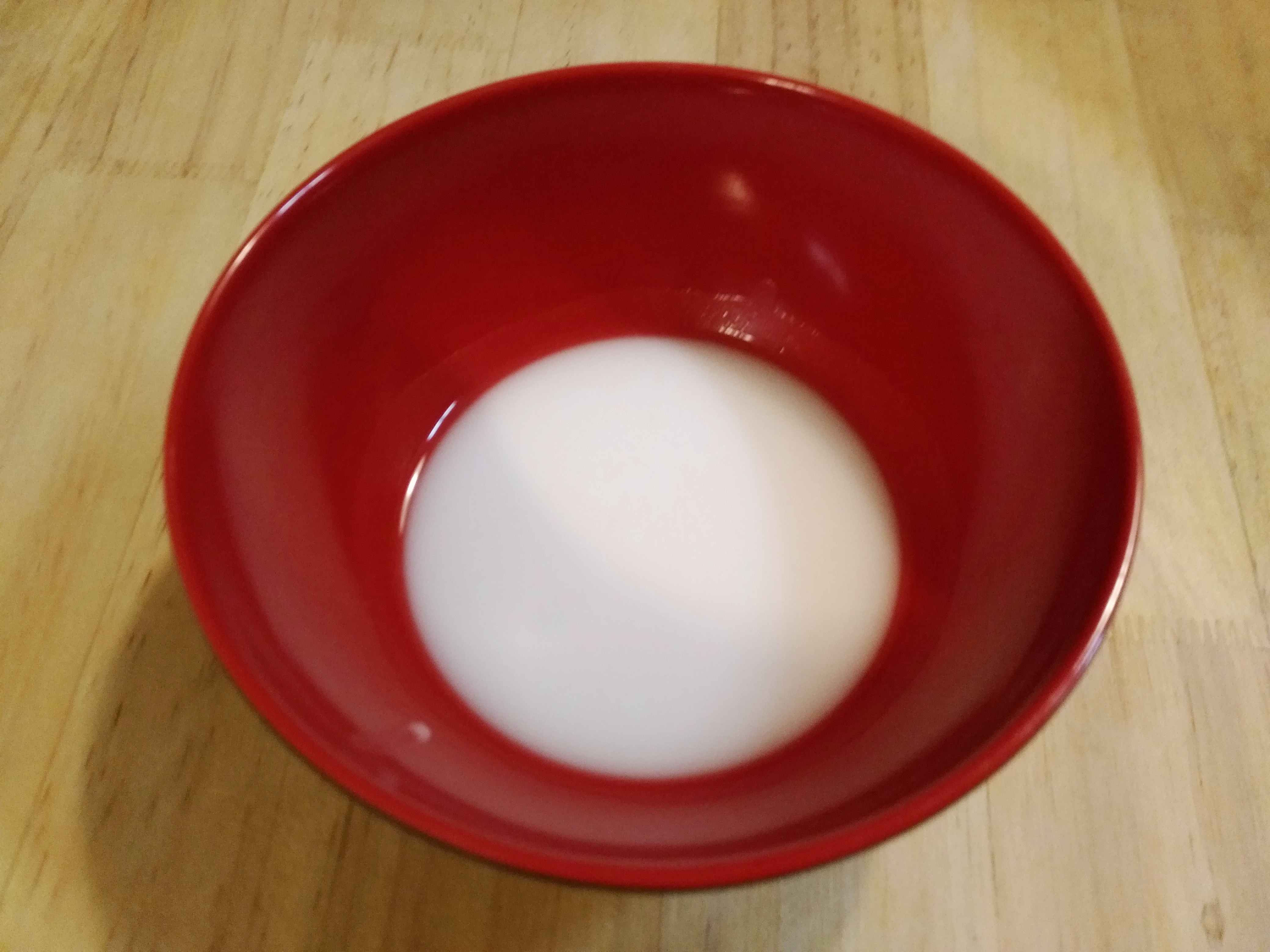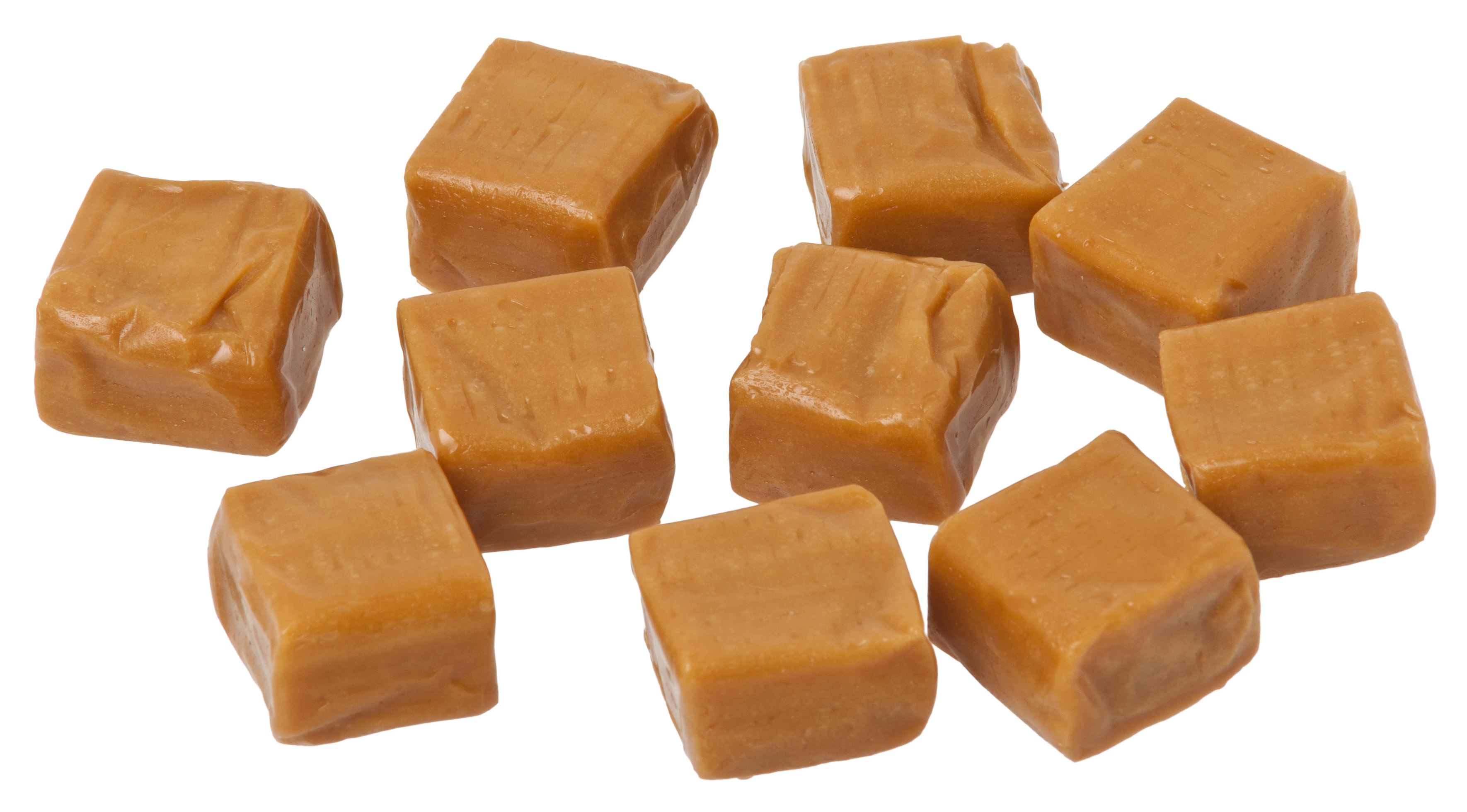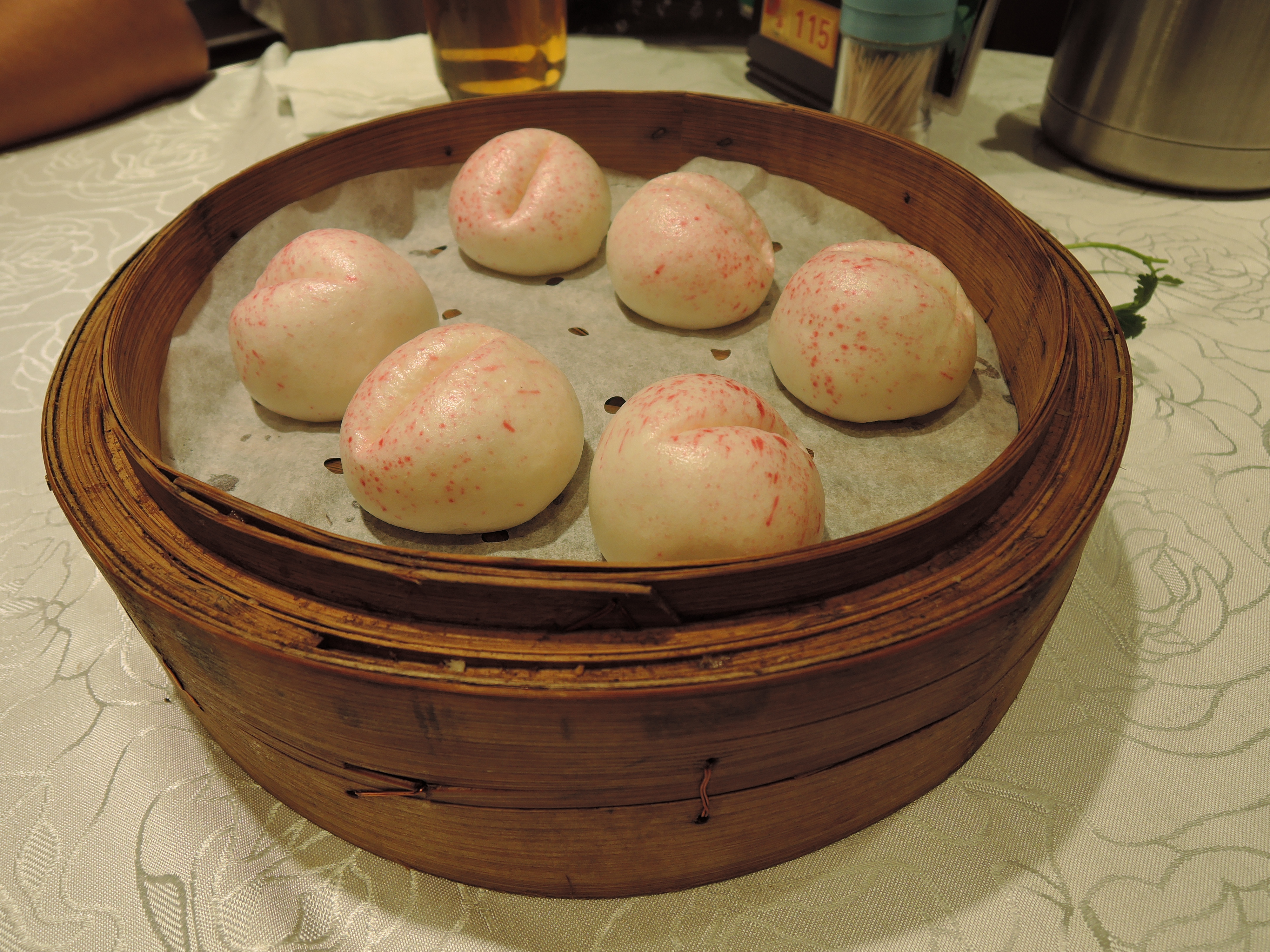|
Lotus Seed Paste
Lotus seed paste is a Chinese dessert ingredient made from dried lotus seeds. It is traditionally considered a luxurious ingredient. Production The process for making the paste is similar to that of smooth red bean paste. First, the dried seeds are stewed in water until soft prior to being mashed into a fine paste. The paste is then watered down to a thin slurry and passed through a sieve and into cheesecloth, with which it is squeezed dry. This produces a fine crumbly paste, which is then mixed with sugar or other sweeteners and, often, oil to produce a smooth, sweet paste. Use China The lotus paste used by most Chinese cooks requires further preparation by dry cooking the sweetened paste over heat with caramelized sugar and vegetable oil. This produces a lotus paste that is tan in colour with a satiny sheen. It is also rich, sweet, silky with a slight fragrance of caramel. Some cooks choose to treat the dried lotus seeds with a lye solution before initially stewing them in or ... [...More Info...] [...Related Items...] OR: [Wikipedia] [Google] [Baidu] |
Mooncake
A mooncake () is a Chinese bakery product traditionally eaten during the Mid-Autumn Festival (中秋節). The festival is primarily about the harvest while a legend connects it to moon watching, and mooncakes are regarded as a delicacy. Mooncakes are offered between friends or on family gatherings while celebrating the festival. The Mid-Autumn Festival is widely regarded as one of the four most important Chinese festivals. There are numerous varieties of mooncakes consumed within China and outside of China in overseas Chinese communities. The Cantonese mooncake is the most famous variety. A traditional Cantonese mooncake is a round pastry, measuring about in diameter and thick, with a rich, thick filling usually made from lotus seed paste (other typical fillings include red bean paste or mixed nuts) surrounded by a thin, 2–3 mm (approximately 1/8 of an inch) crust and may contain yolks from salted duck eggs. Mooncakes are usually eaten in small wedges, accom ... [...More Info...] [...Related Items...] OR: [Wikipedia] [Google] [Baidu] |
Salted Duck Egg
A salted duck egg is an East Asian preserved food product made by soaking duck eggs in brine or packing each egg in damp, salted charcoal. In Asian supermarkets across the Western world, these eggs are sometimes sold covered in a thick layer of salted charcoal paste. The eggs may also be sold with the salted paste removed, wrapped in plastic, and vacuum-packed. From the salt curing process, the salted duck eggs have a briny aroma, a gelatin-like egg white, and a firm-textured, round yolk that is bright orange-red. Salted duck eggs are normally boiled or steamed before being peeled and eaten as a condiment to ''congee'' or cooked with other foods as a flavoring. The egg white has a sharp, salty taste. The orange-red yolk is rich, fatty, and less salty. The yolk is prized and is used in Chinese mooncakes to symbolize the moon. Salted eggs can also be made from chicken eggs, though the taste and texture will be somewhat different, and the egg yolk will be less rich. Salted eggs ... [...More Info...] [...Related Items...] OR: [Wikipedia] [Google] [Baidu] |
Lotus Seed
Lotus or LOTUS may refer to: Plants * List of plants known as lotus, a list of various botanical taxa commonly known as lotus, particularly: **'' Nelumbonaceae'', a single-genus family of aquatic flowering plants, consisting of just two species; the American lotus and the better known sacred lotus, or the Indian lotus, a symbolically important Asian plant ** ''Lotus'' (genus), a genus of terrestrial plants in the family Fabaceae * Lotus tree, a plant in Greek and Roman mythology Places * Lotus, California, an unincorporated community in El Dorado County, California, United States * Lotus, Indiana, an unincorporated community in Union County, Indiana, United States * Lotus, Florida, a former village in Brevard County, Florida, United States * Lotus, Kentucky, an unincorporated community in Bullitt County, Kentucky, United States Brands Cars and car racing * Lotus Cars, a British motor vehicle manufacturer ** Lotus F1 Team, a British Formula One team that started competing ... [...More Info...] [...Related Items...] OR: [Wikipedia] [Google] [Baidu] |
Red Bean Paste
Red bean paste () or red bean jam, also called adzuki bean paste or ''anko'' (a Japanese word), is a paste made of red beans (also called "adzuki beans"), used in East Asian cuisine. The paste is prepared by boiling the beans, then mashing or grinding them. At this stage, the paste can be sweetened or left as it is. The color of the paste is usually dark red, which comes from the husk of the beans. In Korean cuisine, the adzuki beans (often the black variety) can also be husked prior to cooking, resulting in a white paste. It is also possible to remove the husk by sieving after cooking, but before sweetening, resulting in a red paste that is smoother and more homogeneous. Etymology In Japanese, a number of names are used to refer to red bean paste; these include , and . Strictly speaking, the term ''an'' can refer to almost any sweet, edible, mashed paste, although without qualifiers red beans are assumed, while refers specifically to the paste made with red beans. Ot ... [...More Info...] [...Related Items...] OR: [Wikipedia] [Google] [Baidu] |
Slurry
A slurry is a mixture of denser solids suspended in liquid, usually water. The most common use of slurry is as a means of transporting solids or separating minerals, the liquid being a carrier that is pumped on a device such as a centrifugal pump. The size of solid particles may vary from 1 micrometre up to hundreds of millimetres. The particles may settle below a certain transport velocity and the mixture can behave like a Newtonian or non-Newtonian fluid. Depending on the mixture, the slurry may be abrasive and/or corrosive. Examples Examples of slurries include: *Cement slurry, a mixture of cement, water, and assorted dry and liquid additives used in the petroleum and other industries *Soil/cement slurry, also called Controlled Low-Strength Material (CLSM), flowable fill, controlled density fill, flowable mortar, plastic soil-cement, K-Krete, and other names *A mixture of thickening agent, oxidizers, and water used to form a gel explosive *A mixture of pyroclastic materi ... [...More Info...] [...Related Items...] OR: [Wikipedia] [Google] [Baidu] |
Cheesecloth
Cheesecloth is a loose-woven gauze-like carded cotton cloth used primarily in cheesemaking and cooking. The fabric has holes large enough to quickly allow liquids (like whey) to percolate through the fabric, but small enough to retain solids like cheese curds. Grades Cheesecloth is available in at least seven different grades, from open to extra-fine weave. Grades are distinguished by the number of threads per inch in each direction.The 7 Different Cheesecloth Grades And Cheese Cloth Uses May 3, 2020 by DAIRYPUNDIT. Uses Food preparation The primary use of cheesecloth is in some styles of , where it is ...[...More Info...] [...Related Items...] OR: [Wikipedia] [Google] [Baidu] |
Cooking
Cooking, also known as cookery or professionally as the culinary arts, is the art, science and craft of using heat to make food more palatable, digestible, nutritious, or Food safety, safe. Cooking techniques and ingredients vary widely, from grilling food over an open fire to using electric stoves, to baking in various types of ovens, reflecting local conditions. Types of cooking also depend on the skill levels and training of the Cook (profession), cooks. Cooking is done both by people in their own dwellings and by professional cooks and chefs in restaurants and other food establishments. Preparing food with heat or fire is an activity unique to humans. Archeological evidence of cooking fires from at least 300,000 years ago exists, but some estimate that humans started cooking up to 2 million years ago. The expansion of agriculture, commerce, trade, and transportation between civilizations in different regions offered cooks many new ingredients. New inventions and technolog ... [...More Info...] [...Related Items...] OR: [Wikipedia] [Google] [Baidu] |
Caramel
Caramel ( or ) is a range of food ingredients made by heating sugars to high temperatures. It is used as a flavoring in puddings and desserts, as a filling in bonbons or candy bars, as a topping for ice cream and custard, and as a colorant commonly used in drinks. The process of caramelization primarily consists of heating sugars slowly to around . As the sugar heats, the molecules break down and re-form into compounds with a characteristic colour and flavour. A variety of sweets, desserts, toppings, and confections are made with caramel, including tres leches cake, brittles, nougats, pralines, flan, crème brûlée, crème caramel, and caramel apples. Ice creams are sometimes flavored with or contain swirls of caramel. Etymology The English word comes from French ', borrowed from Spanish (18th century), itself possibly from Portuguese '. Most likely that comes from Late Latin ' 'sugar cane', a diminutive of 'reed, cane', itself from Greek . Less likely, it com ... [...More Info...] [...Related Items...] OR: [Wikipedia] [Google] [Baidu] |
Mooncake
A mooncake () is a Chinese bakery product traditionally eaten during the Mid-Autumn Festival (中秋節). The festival is primarily about the harvest while a legend connects it to moon watching, and mooncakes are regarded as a delicacy. Mooncakes are offered between friends or on family gatherings while celebrating the festival. The Mid-Autumn Festival is widely regarded as one of the four most important Chinese festivals. There are numerous varieties of mooncakes consumed within China and outside of China in overseas Chinese communities. The Cantonese mooncake is the most famous variety. A traditional Cantonese mooncake is a round pastry, measuring about in diameter and thick, with a rich, thick filling usually made from lotus seed paste (other typical fillings include red bean paste or mixed nuts) surrounded by a thin, 2–3 mm (approximately 1/8 of an inch) crust and may contain yolks from salted duck eggs. Mooncakes are usually eaten in small wedges, accom ... [...More Info...] [...Related Items...] OR: [Wikipedia] [Google] [Baidu] |
Baozi
Baozi (), or simply bao, is a type of yeast-leavened filled bun in various Chinese cuisines. There are many variations in fillings (meat or vegetarian) and preparations, though the buns are most often steaming, steamed. They are a variation of ''mantou'' from Northeastern Chinese cuisine, Northern China. Baozi are popular throughout China and have even made their way into the cuisines of many other countries through the Overseas Chinese, Chinese diaspora. History and etymology Written records from the Song dynasty show the term baozi in use for filled buns. Prior to the Northern Song dynasty (960–1279), the word ''mantou'' was used for both filled and unfilled buns. According to legend, the filled baozi is a variation of manta invented by military strategist Zhuge Liang. Over time ''mantou'' came to indicate only unfilled buns in Mandarin Chinese, Mandarin and some varieties of Chinese, although the Wu Chinese, Wu Chinese languages continue to use ''mantou'' to refer to both ... [...More Info...] [...Related Items...] OR: [Wikipedia] [Google] [Baidu] |
Lotus Seed Bun
A lotus seed bun (Traditional Chinese: 蓮蓉包;Jyutping: ''lin⁴ jung⁴ baau¹''; Cantonese Yale: ''lìhnyùhngbāau'', pinyin: ''liánróngbāo'') is a Chinese baozi filled with lotus seed paste. It is most commonly served as a form of dim sum. History Lotus seed paste is a traditional Chinese cooking ingredient, commonly used as a sweet pastry filling, such as in Lotus seed mooncakes. Lotus seed paste was used as a filling for sweet buns by Cantonese chefs, and rose to prominence sold as a form of dim sum. More recently lotus seed buns have become less popular, being sold at fewer dim sum restaurants, often being replaced by other buns with different fillings, such as cocktail buns. Variations Longevity peaches, or 壽桃 (pinyin: shòu táo; Jyutping: sau⁶ tou⁴) are a form of lotus seed buns served to celebrate the birthdays of elderly people, symbolizing a good omen of longevity. Preparation Lotus seed buns are prepared by steaming a yeast-leavened d ... [...More Info...] [...Related Items...] OR: [Wikipedia] [Google] [Baidu] |
Dim Sum
Dim sum () is a large range of small Chinese dishes that are traditionally enjoyed in restaurants for brunch. Most modern dim sum dishes are commonly associated with Cantonese cuisine, although dim sum dishes also exist in other Chinese cuisines. In the tenth century, when the city of Canton (Guangzhou) began to experience an increase in commercial travel, many frequented teahouses for small-portion meals with tea called "'' yum cha''" ( brunch). "''Yum cha''" includes two related concepts. The first is " jat zung loeng gin" (), which translates literally as "one cup, two pieces". This refers to the custom of serving teahouse customers two delicately made food items, savory or sweet, to complement their tea. The second is ''dim sum'', which translates literally to "touch the heart", the term used to designate the small food items that accompanied the tea. Teahouse owners gradually added various snacks called dim sum to their offerings. The practice of having tea with dim su ... [...More Info...] [...Related Items...] OR: [Wikipedia] [Google] [Baidu] |








